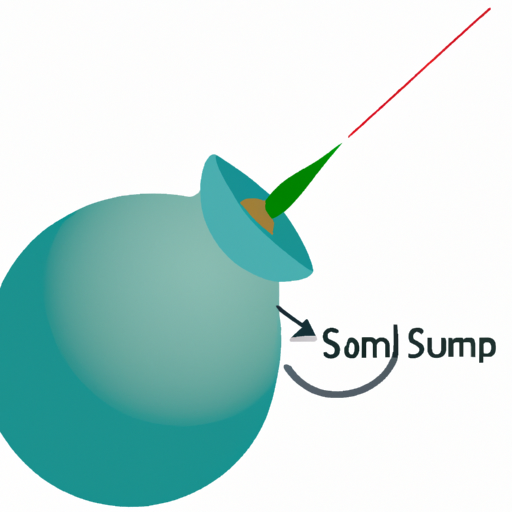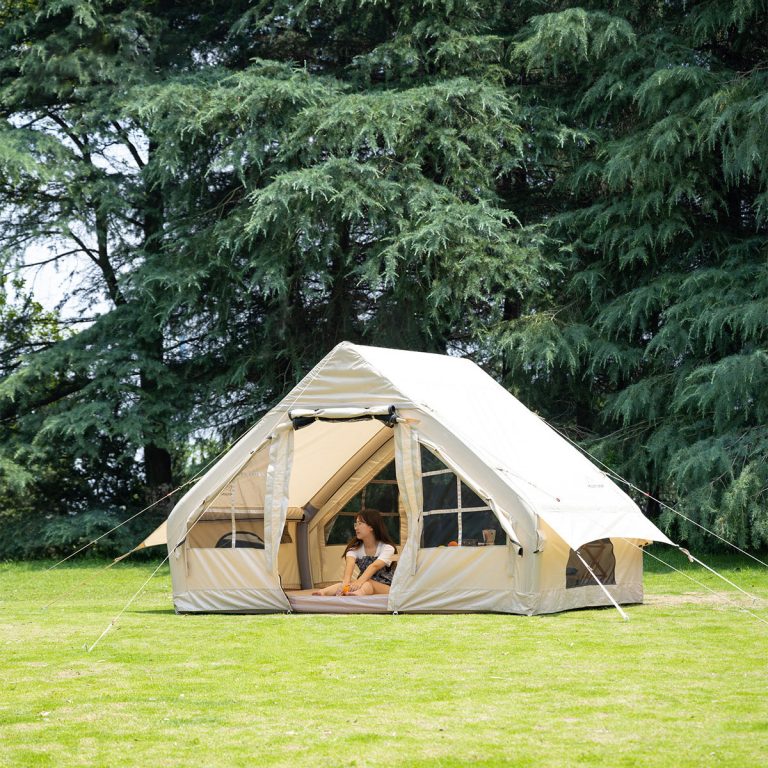Pros and Cons of Using a Bobber When Fishing

should you use a bobber when fishing? When it comes to fishing, there are various techniques and tools that anglers can use to increase their chances of success. One such tool is a bobber, also known as a float. A bobber is a small, buoyant device that is attached to the fishing line. It serves as an indicator, alerting the angler when a fish has taken the bait. While using a bobber can be advantageous in certain situations, it also has its drawbacks. In this article, we will explore the pros and cons of using a bobber when fishing.
| pyramid tent | canopy tent | Ridge tent | hiking tent |
| dome tent | teepee tent | yurt tent | inflatable tent |
| tunnel tent | ball tent | Park tent | tailgate tent |
 Another benefit of using a bobber is that it allows you to suspend your bait at a specific depth. By adjusting the position of the bobber on the line, you can control how deep your bait is in the water. This is especially useful when fishing for species that tend to stay at a certain depth, such as trout or panfish. By keeping your bait at the right level, you increase the likelihood of attracting the attention of the fish you’re targeting.
Furthermore, using a bobber can help prevent your bait from getting snagged on underwater obstacles. When fishing in areas with submerged vegetation or rocky structures, it’s common for the bait to get caught and potentially lost. However, by suspending your bait with a bobber, you can keep it above these obstacles, reducing the risk of getting tangled and increasing your chances of a successful catch.
Despite these advantages, there are also some drawbacks to using a bobber. One of the main concerns is that it can limit the types of fishing techniques you can employ. When using a bobber, you are essentially fishing in a stationary manner, waiting for the fish to come to you. This may not be ideal if you prefer more active techniques, such as casting and retrieving. Additionally, some fish species, like bass or pike, are more likely to strike at moving baits rather than stationary ones, making a bobber less effective in these situations.
Another benefit of using a bobber is that it allows you to suspend your bait at a specific depth. By adjusting the position of the bobber on the line, you can control how deep your bait is in the water. This is especially useful when fishing for species that tend to stay at a certain depth, such as trout or panfish. By keeping your bait at the right level, you increase the likelihood of attracting the attention of the fish you’re targeting.
Furthermore, using a bobber can help prevent your bait from getting snagged on underwater obstacles. When fishing in areas with submerged vegetation or rocky structures, it’s common for the bait to get caught and potentially lost. However, by suspending your bait with a bobber, you can keep it above these obstacles, reducing the risk of getting tangled and increasing your chances of a successful catch.
Despite these advantages, there are also some drawbacks to using a bobber. One of the main concerns is that it can limit the types of fishing techniques you can employ. When using a bobber, you are essentially fishing in a stationary manner, waiting for the fish to come to you. This may not be ideal if you prefer more active techniques, such as casting and retrieving. Additionally, some fish species, like bass or pike, are more likely to strike at moving baits rather than stationary ones, making a bobber less effective in these situations.




